From the July/August 2025 issue of Apollo. Preview and subscribe here.
The market for works of art and artefacts made in Africa and Oceania and by the Indigenous peoples of the Americas has always had to pay attention to what it calls itself. Parcours des Mondes – the market’s flagship annual event, which takes place in the galleries of Saint-Germain-des-Prés in Paris – has since 2002 offered a handy solution. As a banner under which art from Africa, the Pacific, the Americas, Asia and even Egyptian antiquity can align, the idea of ‘Journeys Between Worlds’ is one that preserves cultural differences by shifting the focus to the viewer’s act of engagement. This year, the fair undertakes a more explicit examination of terminology, in the shape of a non-selling exhibition of objects in partnership with the Montreal-based dealer Jacques Germain which poses the question: ‘Does “classical” African art exist?’
Germain’s answer is refreshingly straightforward: the idea of a goût classique in African art is, he tells me, really a European ‘fabrication’, dating to the early years of the 20th century, when avant-garde artists began to engage with the works of art that were filtering back to France from its colonies. Prizing principles of geometric harmony and conceptual power in the rendering of the human form, they constructed the ‘classical’ African canon that has been handed down to us – and so perhaps the most intriguing question that attends Germain’s display of 60 ‘classical’ works at Galerie Gradiva is that of our own role as viewers today. Does our impression of the power of the 19th-century Kota-Mindumu ngulu figure on show stem from an appreciation of its former role in guarding a reliquary, or from its having once been in the collection of the Cubist artist André Lhote?
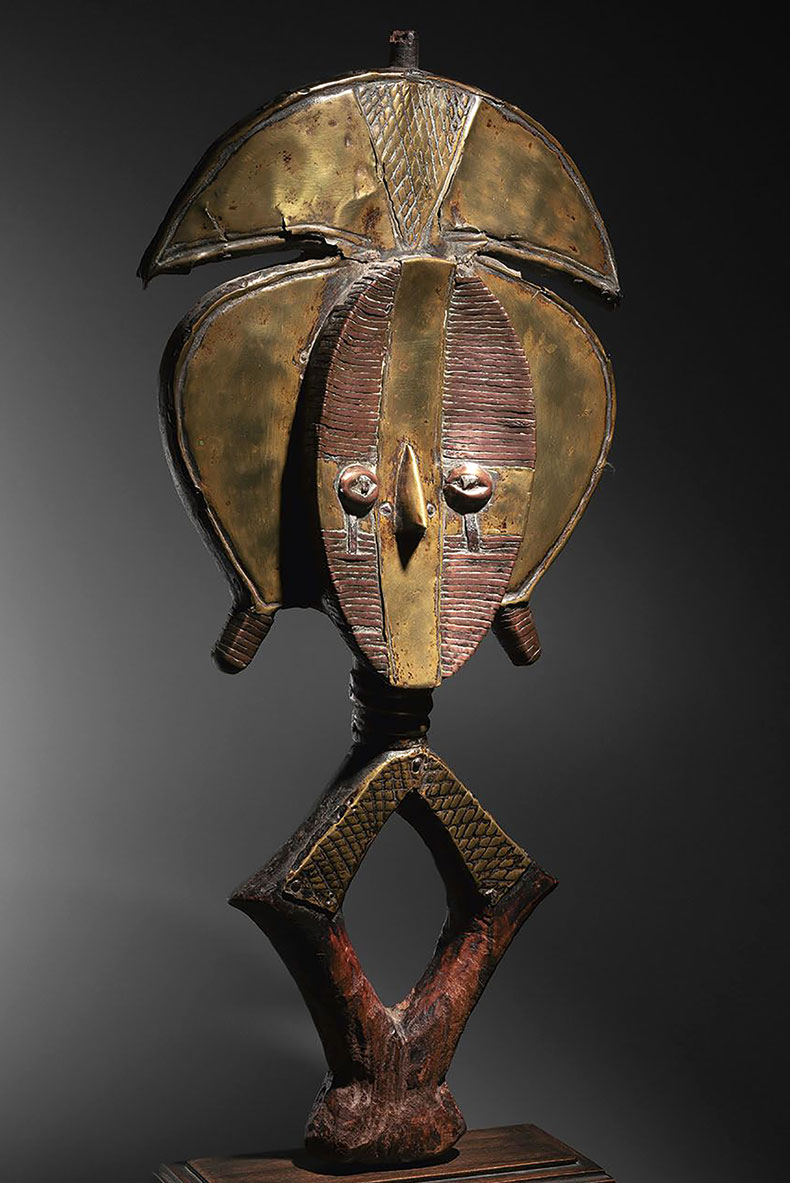
Kota-Mindumu ngulu reliquary figure (19th century), Gabon. Photo: Hughes Dubois; courtesy Galerie Jacques Germain
Whatever their reasons, collectors are increasingly prizing ‘classical objects with pure forms’, says the Belgian-Congolese dealer Didier Claes. This return to the canon may in part be attributed to the paramount importance in today’s market of ‘irreproachable provenance’. Debates over the restitution of material heritage in recent years did have ‘an initial impact’ on this market – but, Claes says, it has bounced back strongly; there has been ‘a craze for high-quality objects from renowned sources. It could even be said that the market has reached unprecedented levels.’ His gallery offers a statue of a male figure carved by an artist of the Ngbandi people, who live around the upper Ubangi river, which flows from Sudan into the Congo River. Prominent lines incised along the bridge of the nose and on the torso reflect Ngbandi practices of scarification, while the figure’s eyes are highlighted with white kaolin pigment.
‘Classical’ forms are elsewhere in abundance among the African works on offer at this year’s fair – as usual, the best-represented category among the 53 dealers’ presentations. Lucas Ratton, from Paris, presents an imposing headdress carved in the Bambara region of Mali at the start of the 20th century; its elegant superstructure takes the form of an ovoid head sprouting two large antelope horns atop a swan-like neck. A thematic show at Galerie Bernard Dulon celebrates the power of fragmented sculpture to evoke what the catalogue describes as the ‘twists and turns of history’; its highlight is an ancestral effigy made by a Suku artist in what is now the Democratic Republic of Congo, its skilfully rendered features riven by a crack through its left eye. A more abstract rendering of the human form, again from the DRC, is on display courtesy of Bernard de Grunne, whose wooden Lega statuette – arms and torso adumbrated as a simple lozenge; eyes and mouth implied by three tiny, incised circles – encapsulates the economy of representation that so captivated Western artists at the beginning of the last century.
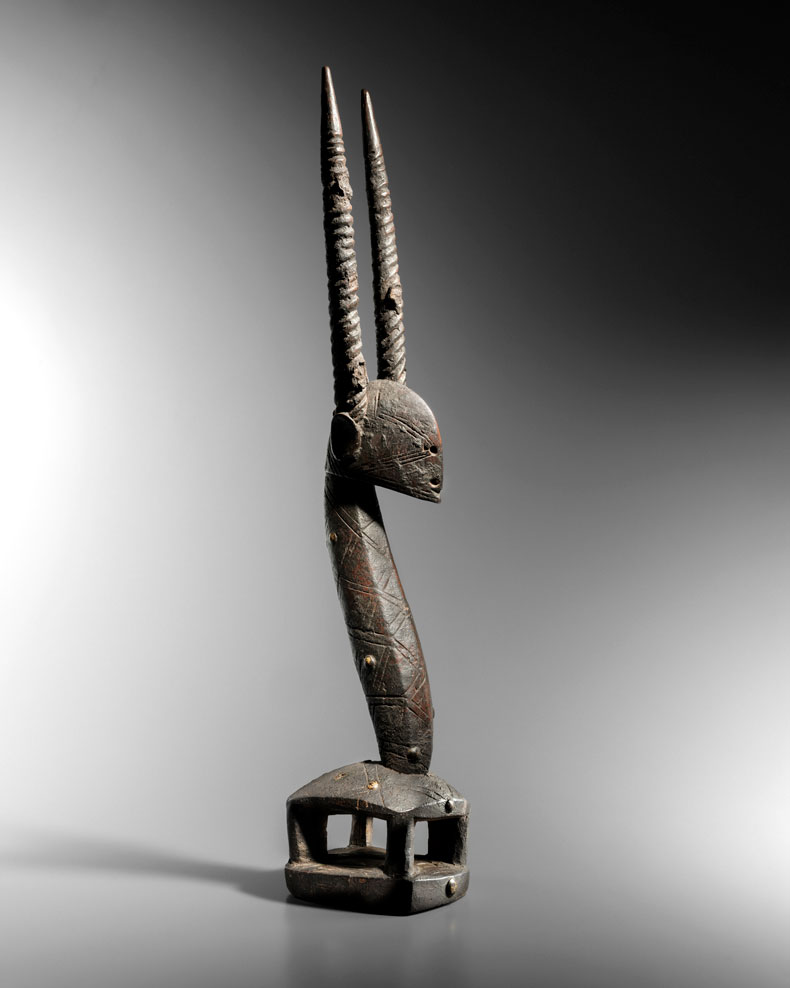
Headdress (early 20th century), Bambara region, Mali. Photo: Vincent Girier Dufournier; courtesy Galerie Lucas Ratton
Of course, the aesthetic concerns of artists were far from the only reason that such objects were collected in the West. Among the Oceanian works on offer is a fine carved neck rest at Galerie Franck Marcelin; depicting an indigenous species of pig with the head of a snake, it was collected from the Sepik region of Papua New Guinea and taken to France on board the Korrigane in 1935. The object of this voyage, chartered by five rich young amateur ethnographers, was to document Pacific Island cultures that were transforming under the influence of Christianity – but also to enhance the collections of the Musée de l’Homme in Paris, from which the mission had received enthusiastic backing. The piece was sold to the adventurers for the price of ‘one shilling and a pipe’, and resided in the Musée de l’Homme until it was sold at auction in 1961.
Abla Lecomte, of Galerie Alain & Abla Lecomte, warns would-be entrants into this market not to cleave too closely to the classical canon in their purchases. She thinks that a younger generation of collectors is being put off by the high prices of these works – the problem is the urge ‘to buy whatever most closely resembles what fetched high prices at auction, thinking they’re getting a good deal’.
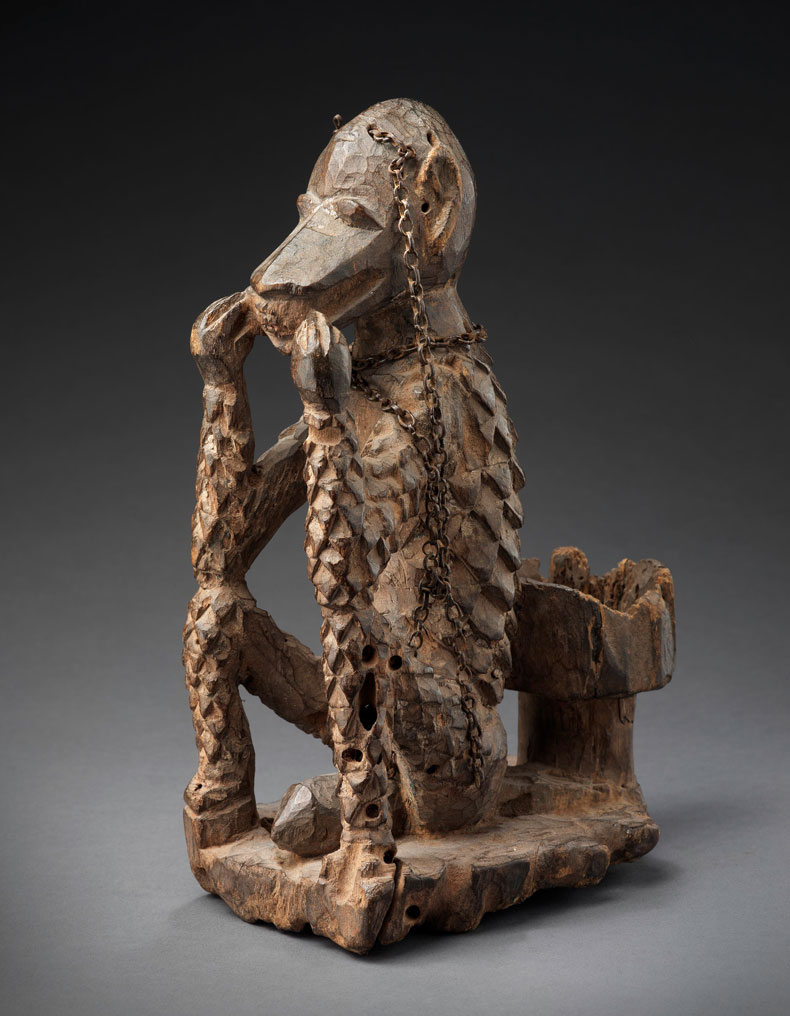
Amuin monkey sculpture (early 20th century), Baule people, Côte d’Ivoire. Photo: Alain Lecomte; courtesy Lecomte
Lecomte offers at the fair a group of three Baule amuin monkey sculptures from Côte d’Ivoire – as well as three works by the French artist who goes by the name of Jim Skull (b. 1959). Born and raised in New Caledonia, Skull has been casting specimens of his namesake since 1980, before transforming them into ornate sculptural constructions. Their presence at Parcours is evidence of a new willingness to embrace the growing market for modern and contemporary work from Africa and Oceania – also shown by the inclusion in Parcours’ roster this year of contemporary African art specialists Galerie Magnin-A. However, Claes – who also deals in contemporary work – tells me that, for the time being at least, ‘the two types of clientele [are] totally different’.
Then again, Parcours des Mondes has never had an issue with courting different kinds of collectors. At Galerie Mingei is a wooden sculpture carved during the Kamakura period (1185–1333) of an impressively fierce-looking Bishamonten – a Japanese god of war and protector of the Buddha – trampling a demon underfoot. Galerie OIA has work by the Taiwanese painter Su Mei-Yu – also a prominent expert on the influence of Chinese culture on Henri Matisse. One can detect an echo of Matisse’s rhythmic geometric forms in Mei-Yu’s mesmerising acrylic-and-India ink composition, Ephémère (2023) – an apt reflection of the openness to cross-cultural encounter that the fair always strives to instil in its visitors.
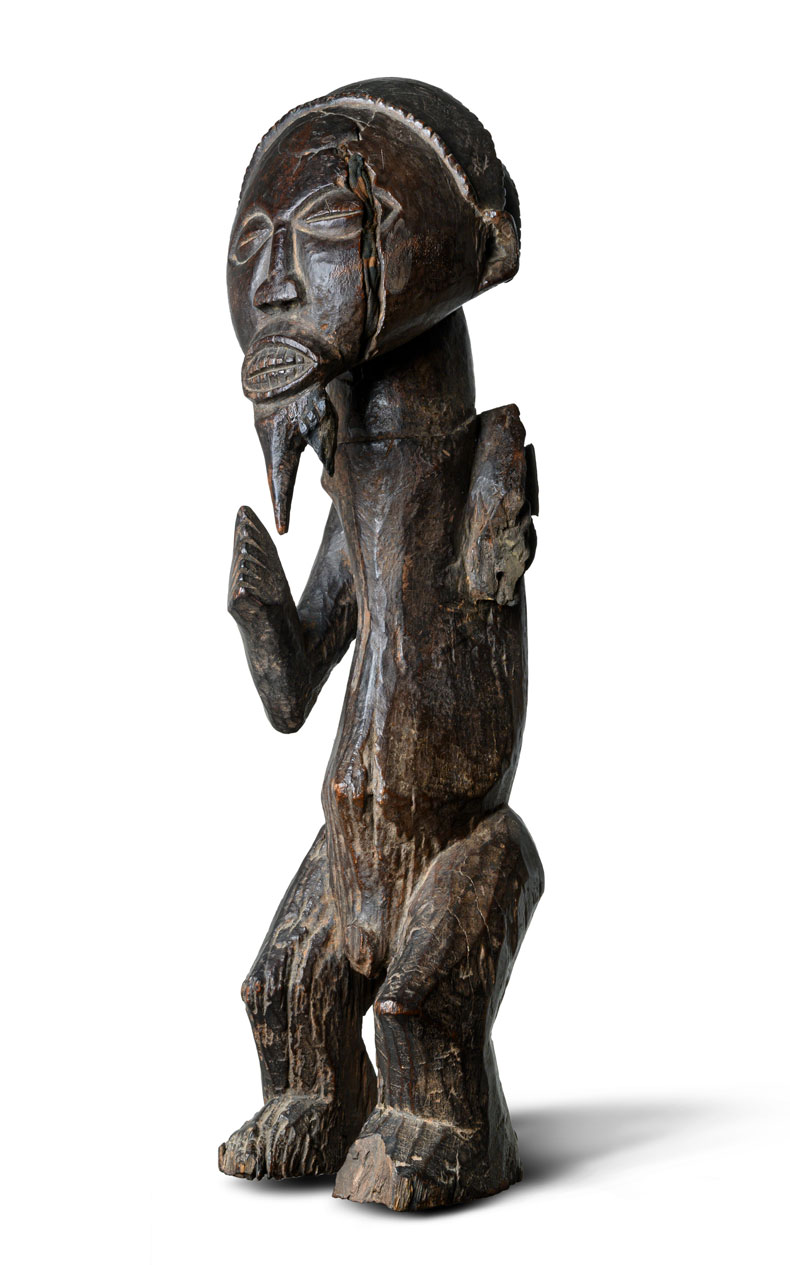
Ancestral effigy (19th century), Suku people, Democratic Republic of Congo. Photo: Brigitte Cavanagh; courtesy Galerie Bernard Dulon
Parcours des Mondes takes place in galleries around Saint-Germain-des-Prés from 9–14 September.
From the July/August 2025 issue of Apollo. Preview and subscribe here.


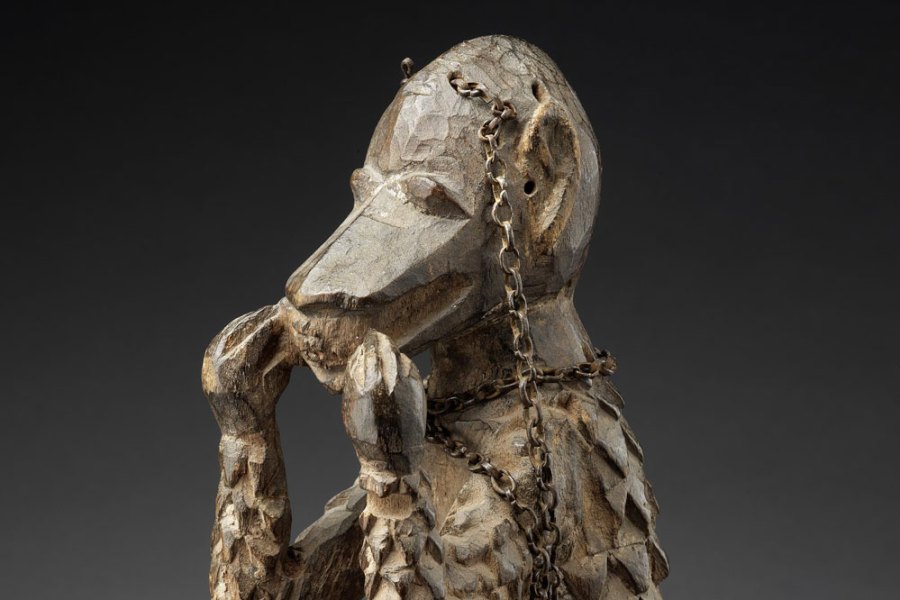
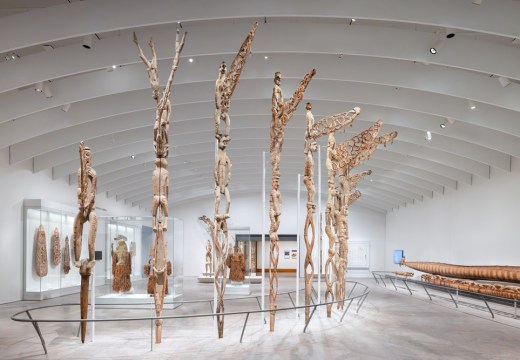




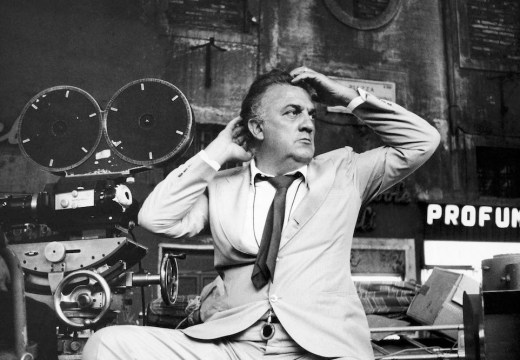
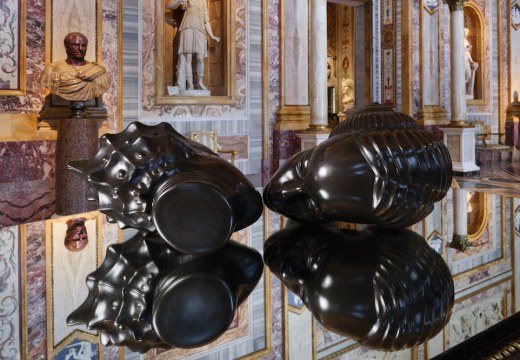
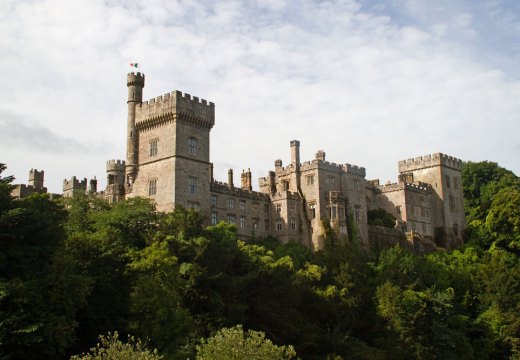
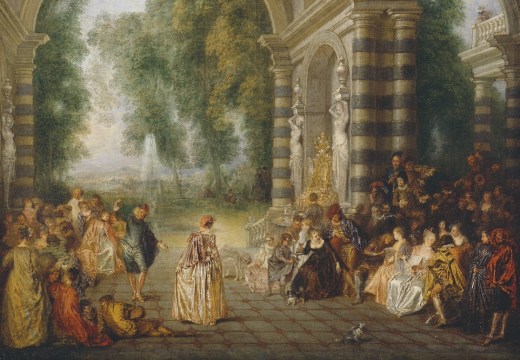

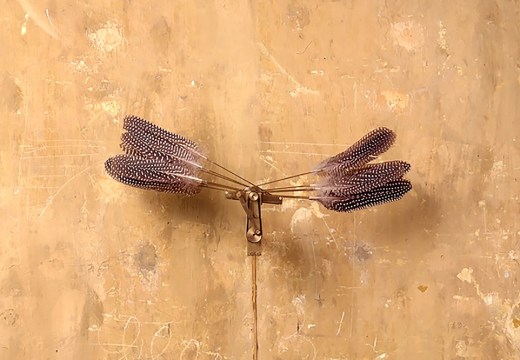
![Masterpiece [Re]discovery 2022. Photo: Ben Fisher Photography, courtesy of Masterpiece London](https://apollo-magazine.com/wp-content/uploads/2022/07/MPL2022_4263.jpg)
Wangechi Mutu gets reflective at the Galleria Borghese